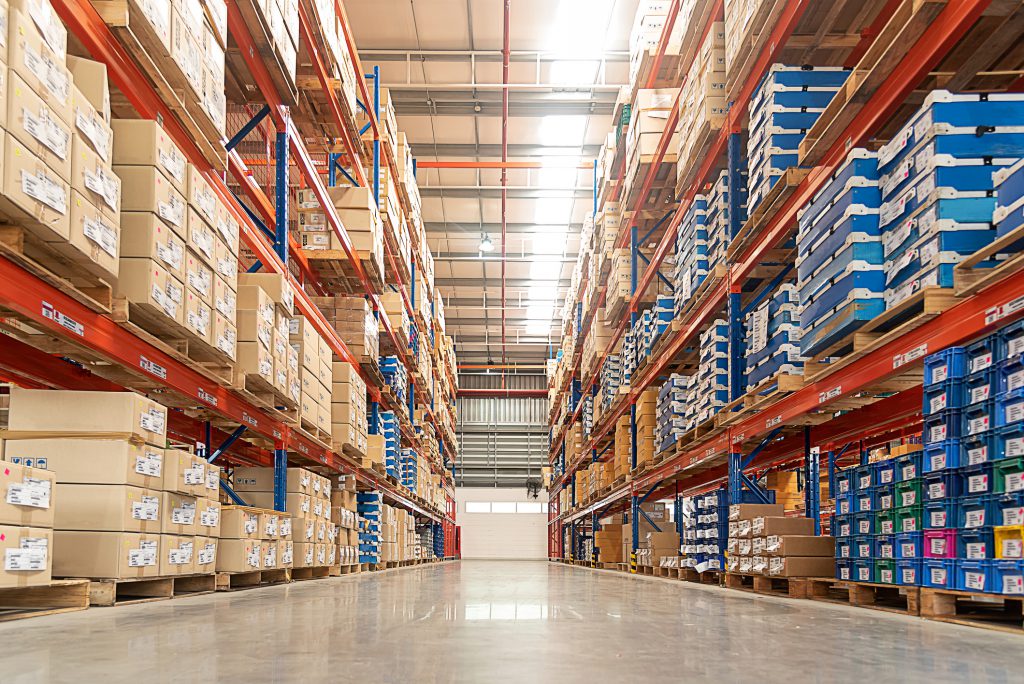One of Amazon’s largest warehouses and urban fulfillment centers, which opened in New York City’s borough of Staten Island in September 2018 is a dangerous workplace, according to the Occupational Safety and Health Administration (OSHA). The warehouse, called JFK8, employs more than 3,000 workers and has an alarmingly high injury rate, Gizmodo reported.
OSHA scored the warehouse at 15.2 on its OSHA Incident Rate scale. The rate is determined based on the number of injuries and illnesses occurring over the number of hours worked by all employees. The information is gathered from OSHA forms 300 and 300a, which report and record injuries and show an annual overview for employers, respectively. The JFK8 warehouse score is higher than the national average for sawmills and steel foundries in 2018, which scored 6.1 and 10.2 respectively. Leaked internal documents indicated that the injury rate is three times the national average for warehouse workers. For JFK8 last year, it has a severity rate of 64, or over two months of missed work per reportable injury, on average. “Last year’s peak season had a staggering 63 recordable injuries, with 17 workers hurt so badly they were not ever able to return to work at Amazon.”
While most injuries reported were sprains or bruises, the injuries must meet a threshold to be reported to OSHA; injuries must result in death, loss of workdays, loss of consciousness, a broken bone, or an injury that cannot be treated on-site and requires third-party medical attention. “If someone cuts their hand with a boxcutter or something they’re able to receive first aid [for] and then return to work, that’s not a recorded injury,” Frank Kearl, a staff lawyer at nonprofit Make the Road, said. The repetitive nature of the work is also causing injuries, especially if workers are pushing through the pain and treating it at home. Over time, this could lead to more serious injuries. Out of 107 reported injuries, only four reflect this, though this figure is likely inaccurate from a lack of injury reporting. The injuries were “two carpal tunnel syndrome cases, an unspecified nerve injury, and tendonitis. All were recorded as affecting the left and right hand, left and right wrist, or both.”
Amazon stated it is deceptive to characterize its fulfillment center as unsafe:
It’s inaccurate to say that Amazon fulfillment centers are unsafe and efforts to paint our workplace as such based solely on the number of injury recordings is misleading given the size of our workforce. We believe so strongly in the environment that we offer for fulfillment center employees, including our safety culture, that we offer public tours where anyone can come for themselves one of our sites firsthand. Ensuring the safety of associates in our building is our number one priority and we invest heavily in safety. Operational meetings, new hire orientation, process training and new process development begin with safety and have safety metrics and audits integrated within each program. Safety training is constant, both in making sure employees know how best to work with the technology in the facility and also how to prevent injuries. There’s a dramatic level of under-recording of safety incidents across the industry — we recognized this in 2016 and began to take an aggressive stance on recording injuries no matter how big or small.
Meanwhile, Amazon employees have spoken out about the harsh conditions. “‘They would tell us to work extremely fast, so I’d trip up over the ladder. I’d have bruises on my legs,” a former JFK8 worker told Gizmodo. She complained of falling boxes, and of dehydration. “The fans—a lot of them don’t work, which causes a lot of people to get really dizzy.”
“’You eat and immediately it’s over. You have to get up and keep going,” another JFK8 worker said. “I remember telling my manager. He didn’t even ask if I was OK, he asked if the garbage pail where I threw up, if it was still there, because it was going to smell later.”
The New York Committee for Occupational Safety and Health (NYCOSH) released a report on Amazon’s New York warehouse. “This report finds that the majority of workers (80%) were pressured to work harder or faster at their facility; 66% expressed experiencing physical pain while performing work duties, and 42% continued to experience pain even when they weren’t at work. Ergonomic issues were among the most common for workers surveyed.”
On November 25, the employees planned a protest around 5pm ET, around a shift change. Their goal is to increase breaks from 15 to 30 minutes and ensure more reliable transportation from the Staten Island Ferry to the remote Staten Island warehouse.
